Why Do Stars Twinkle? The Interesting Answer!
Last Updated on
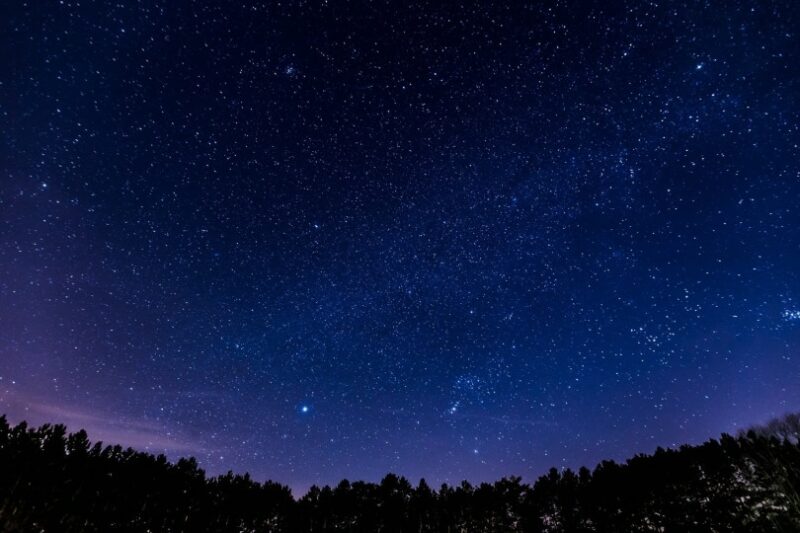
The sky contains thousands of stars we often see at night. An estimate shows the naked human eye can see around 6,000 or more stars in the sky.1 While some stars twinkle more, others keep changing their brightness.
The main reason behind this star “twinkling” is the interaction of the starlight with the Earth’s atmosphere. The air turbulence slightly bends the starlight when it travels from the star to the Earth via the atmosphere. The phenomenon is commonly known as refraction.
As a result, we see stars twinkling. Let’s explore more to understand why stars twinkle and how the atmosphere plays its role.

What Makes Stars Twinkle?
Every atmospheric layer differs from the other in terms of temperature and density. When starlight enters the Earth’s atmosphere from a distant star, it passes through several pockets or regions of cool and warm air. These pockets are actually lenses that cause the light to bend or change direction another way. This is called refraction.
The speed of light depends on the type and density of the medium it’s entering. For example, if it enters a denser medium, it usually refracts towards the normal. Similarly, the light moves away from the normal when it travels to a rarer medium from a dense medium.
Refraction occurs multiple times. Since the lenses are not fixed at a particular place, they keep changing their shape and location. As they move around, the starlight refracts in a different direction. As a result, the light we eventually see makes us believe that the stars are twinkling.
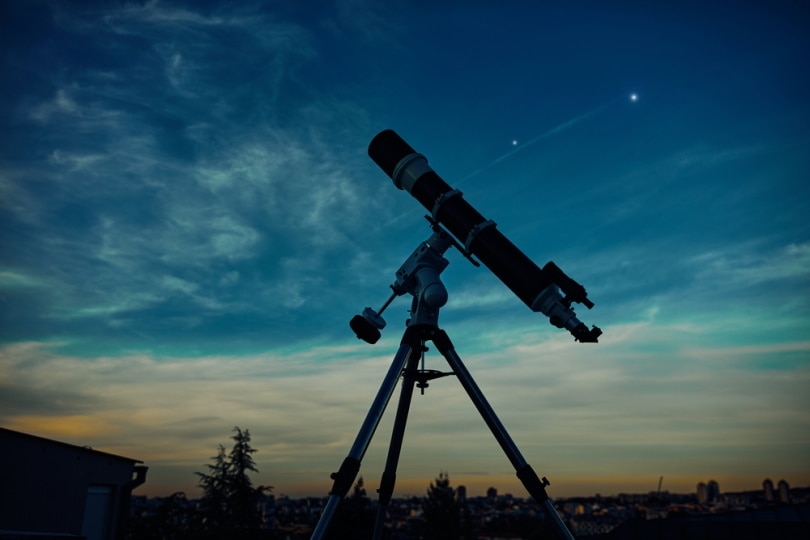
It’s important to know that twinkling can only happen in the presence of an atmosphere. No atmosphere means no air pockets are there to refract the light.
In space where there is no atmosphere, stars don’t twinkle. That’s one reason astronomers use the Hubble Space Telescope to capture clear and crisp images of the sky and universe without any atmospheric turbulence distortion. On the other hand, many earthbound astronomers prefer adaptive optical systems in their telescopes. These devices can balance out the twinkling of the stars to make them look more stable.
Why Do Some Stars Twinkle More?
You may have noticed that some stars shine brighter than the rest. Why? Unfortunately, there is no one answer to this question, as multiple factors play a significant role in determining how much a star should twinkle.
One prominent reason is the star’s location within our view field. Some scientists believe stars twinkle more when their light encounters numerous air pockets before reaching human eyes. This means you may see more twinkling stars in the areas close to the horizon. That’s because the starlight travels through more atmosphere to reach us.
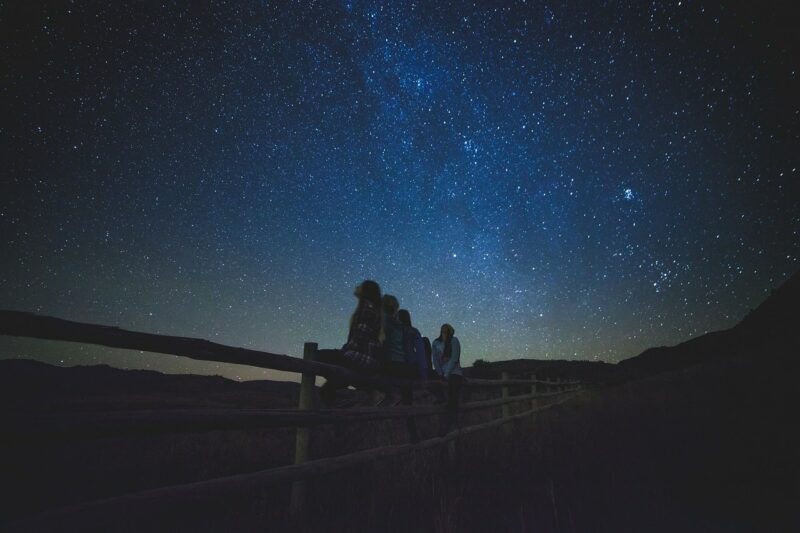
Another factor is the weather. The air is thicker on humid nights, so the starlight has to travel through multiple atmospheric layers to get to us. Therefore, you’re likely to witness more twinkling stars in humid areas.
These key factors also assist astronomers in choosing the best spot to place their telescopes. The professionals choose areas with low air pressure to eliminate the air between the telescope and the stars.
Do Planets Twinkle?
You may also see some stars not twinkling at all. To your surprise, that’s not stars, but planets.
The distance is the major contributor to making some stars look brighter than the planets. Stars are far from the Earth, so each seems like a single point of light. The case is quite different for planets and the Earth’s moon. Since planets are way closer to the Earth than stars, they are more prominent and appear as small disks in the sky. Plus, the light they emit seems to come from multiple point sources in the sky. However, these light points barely scintillate together, which is why moons and planets don’t twinkle like the stars.
The points of light radiating from the planets pose a dimming effect, which is canceled out by the brightness from other light points. Additionally, planets are too large for the atmosphere to cause refraction and make them twinkle.
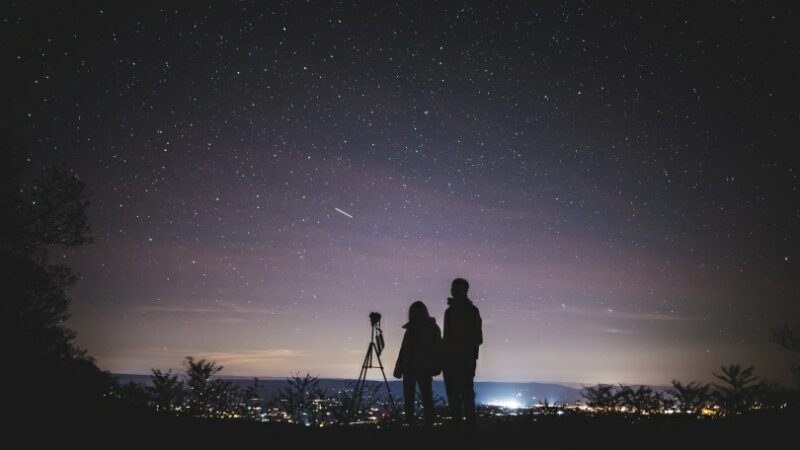
Scintillation does impact the planets in our Solar System, including Venus, Mercury, Mars, and numerous others. If you observe these planets with a quality telescope on a clear night, you can see them twinkling or shimmering a little. That is the light that the atmosphere is bending your way. You can even see the moon twinkling sometimes. However, this twinkling is of such a low extent that it mostly goes unnoticed.
When Is the Best Time to Observe Stars Twinkling?
Winter is the best time for US stargazers to observe the brightest stars in the sky. During this time, the atmosphere has less moisture, and the Northern Hemisphere is inclined towards the Earth’s axis from where more stars are visible.
The easiest way to spot twinkling stars is to aim for the three brightest ones located in a straight line called Orion’s Belt. The Orion constellation also includes two other brightest stars: Rigel and Betelgeuse. After identifying Orion’s Belt, move the telescope towards the horizon (where Earth meets the sky).
So, gear up your camera and telescope during December, January, and February to witness and capture amazing photos of the brightest stars in the night sky.
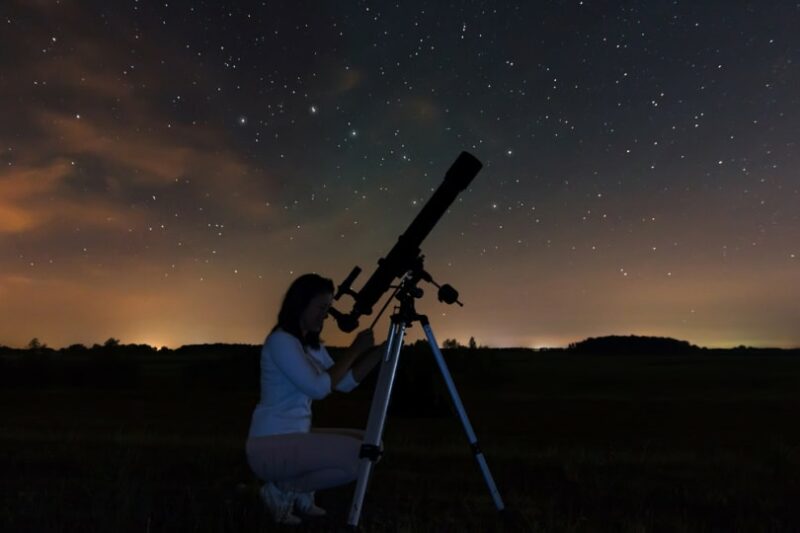

Final Thoughts
Star twinkling is one of the fascinating sights for every stargazer. Some stars shine brighter and change colors, while others don’t twinkle at all. Many also shine with a steady brightness.
The refraction in the Earth’s atmosphere is the primary factor that makes stars look twinkling. The effect is called scintillation. That said, in reality, stars don’t twinkle. If you move upwards in space without atmospheric air, you won’t see any stars shining.
Many planets and moons may also slightly shimmer due to scintillation. But the phenomenon happens to a very low extent that you won’t even notice it most of the time.
Featured Image Credit By: Piqsels
About the Author Jeff Weishaupt
Jeff is a tech professional by day, writer, and amateur photographer by night. He's had the privilege of leading software teams for startups to the Fortune 100 over the past two decades. He currently works in the data privacy space. Jeff's amateur photography interests started in 2008 when he got his first DSLR camera, the Canon Rebel. Since then, he's taken tens of thousands of photos. His favorite handheld camera these days is his Google Pixel 6 XL. He loves taking photos of nature and his kids. In 2016, he bought his first drone, the Mavic Pro. Taking photos from the air is an amazing perspective, and he loves to take his drone while traveling.
Related Articles:
Can You Use Binoculars to Look At Stars? How to Choose the Right Pair
15 Crucial Facts About Ultraviolet Rays & the Sun
What Constellation Is Spica In? The Interesting Answer!
10 Interesting Leo Constellation Facts, Myths, and FAQs
15 Interesting Pegasus Constellation Facts, Myths, and FAQs
6 Interesting Sagittarius Constellation Facts, Myths, and FAQs in 2024!
What Are Constellations? Where Did They Come From?
8 Interesting Libra Constellation Facts, Myths, and FAQs
